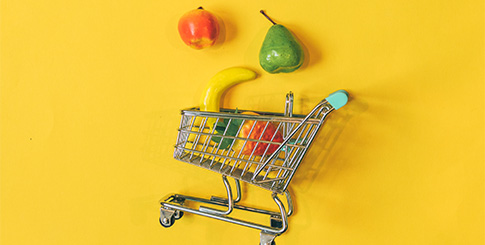“Even though online ecommerce is only a few percentage points of market share in the United States, the trend is deepening,” Baker says. “The latest research shows consumer demand is high.” According to global management consultants at Oliver Wyman, two-thirds of consumers both in the United States and worldwide either shop for food online—or would be interested in doing so if convenient products were high quality and well-priced—as compared to shopping online for apparel and other items.
For fresh produce, especially fruit, the main barriers remain a lack of trust and concerns about quality, since shoppers must rely on someone else to pick, pack, and deliver these items in peak condition. Baker says retailers haven’t solved all the issues yet, but when they “can provide good quality produce at a good price, there’s no reason why people wouldn’t buy produce online. When this happens, it will cause massive disruption, even in the very freshest of categories.”
Demographics and Expectations
Laura Strange, vice president of industry relations, communications, and marketing at the National Grocers Association (NGA), which represents independent grocers, confirms that many NGA members are looking into ecommerce. “One thing to keep in mind is the excellence on the service side that independent grocers can provide,” she says. “You have to meet that expectation across platforms.”
This includes supply-side processes to ensure produce arrives in good shape. “No matter how the online experience is, you still want the process to work well,” Strapagiel adds. “Your tomatoes can’t arrive rotten.”
Kienzlen stresses that strategies for going online vary, depending on the nameplate, customer demographics, and other factors. Each operator must do what is right for its market, rather than chasing trends. “You don’t compete with Amazon, you compete with yourself,” he stresses. “It’s not national trends you need to watch, it’s what’s going on in your neighborhood.”
The focus on home delivery versus click-and-collect also differs by market. “What makes sense economically differs in New York City and Seattle versus suburban Kansas City,” points out Baker. Markets with high population density and commensurate incomes will trend toward home delivery, he believes, while those with lower density and income will more likely lean toward click-and-collect programs.
So far, urban markets are driving the trend, as suggested by the third annual National Grocery Shoppers Survey, conducted by Nielsen for the NGA. It found 76 percent of independent grocery shoppers who have purchased groceries online have used food delivery, compared to 39 percent who have used the click-and-collect method.



